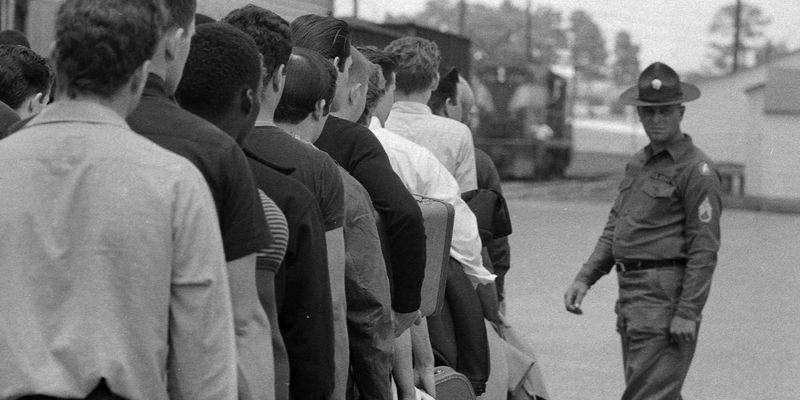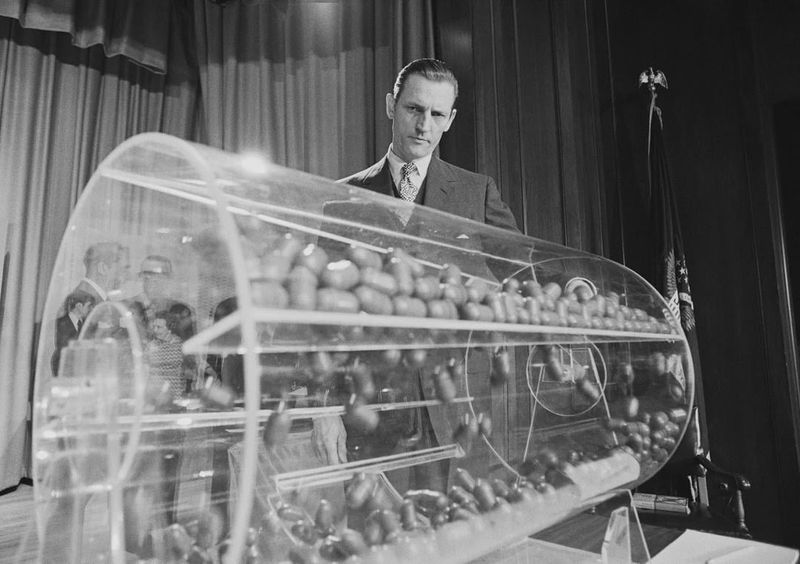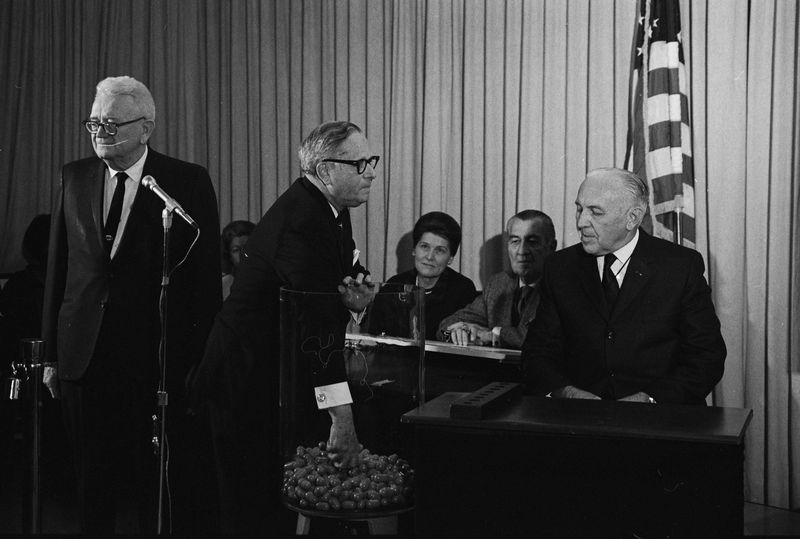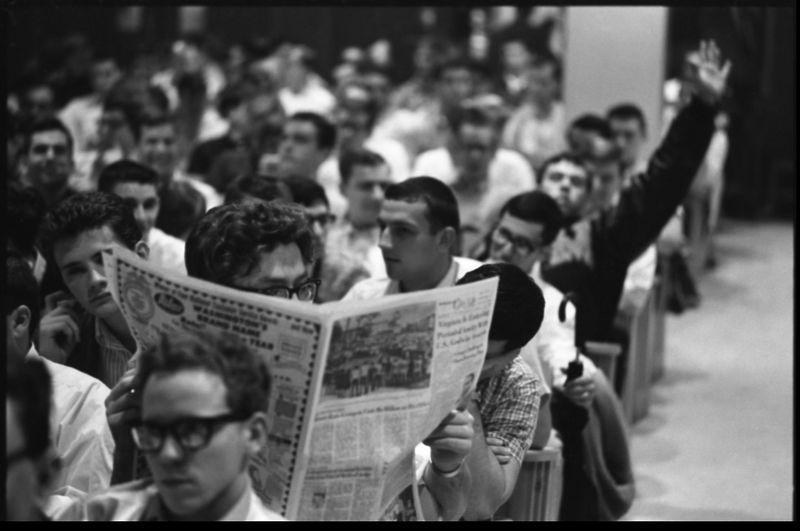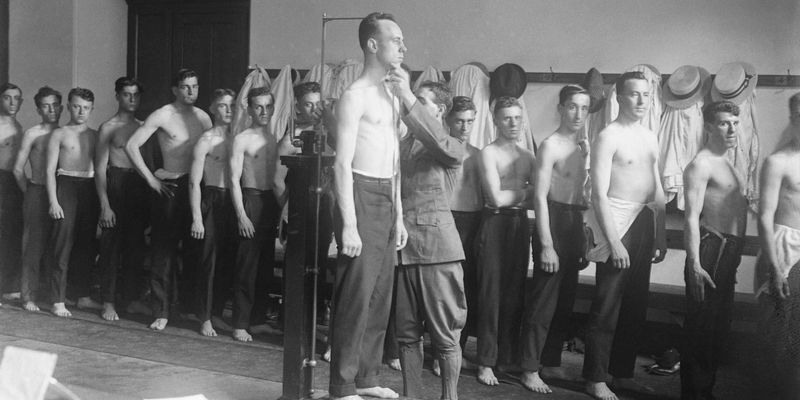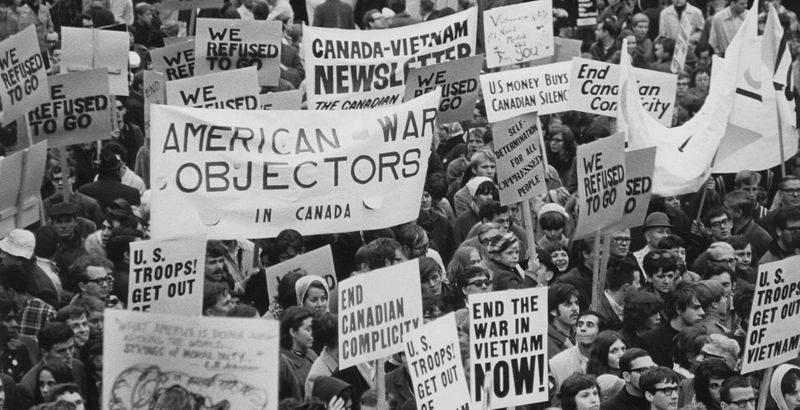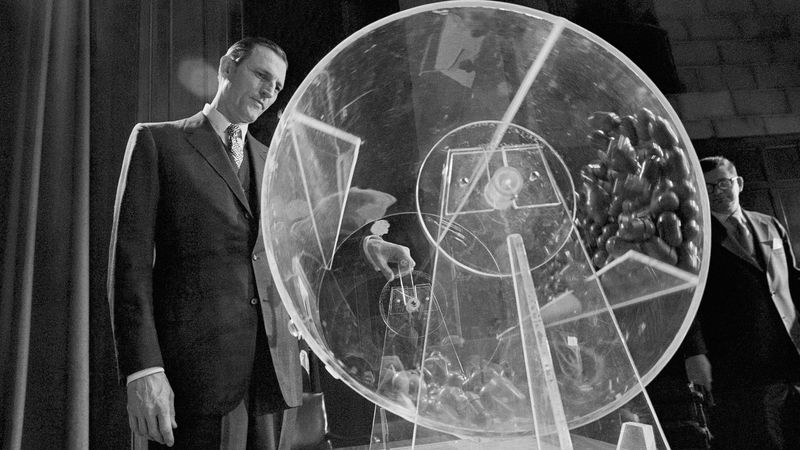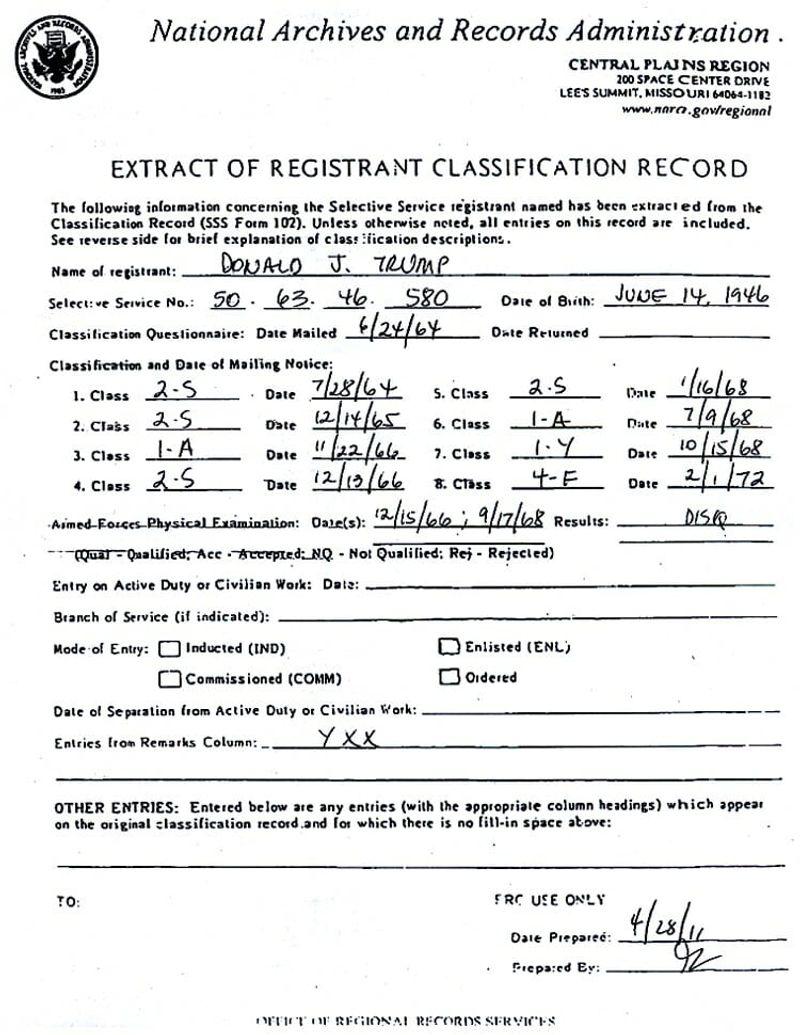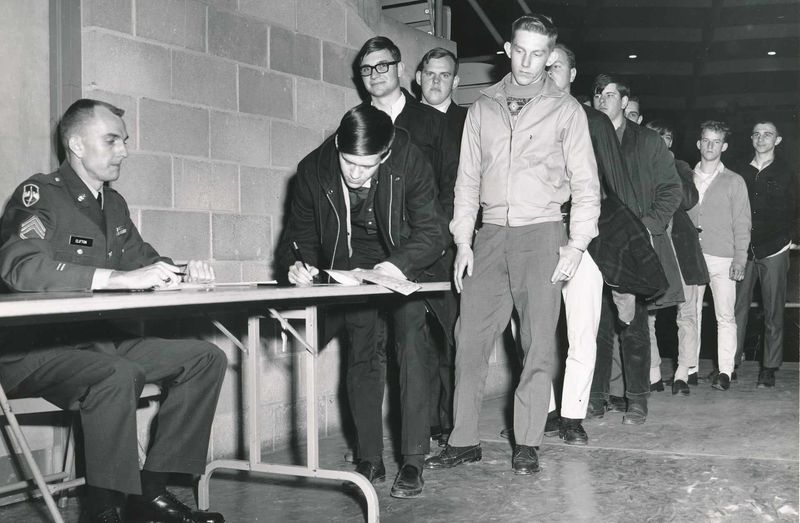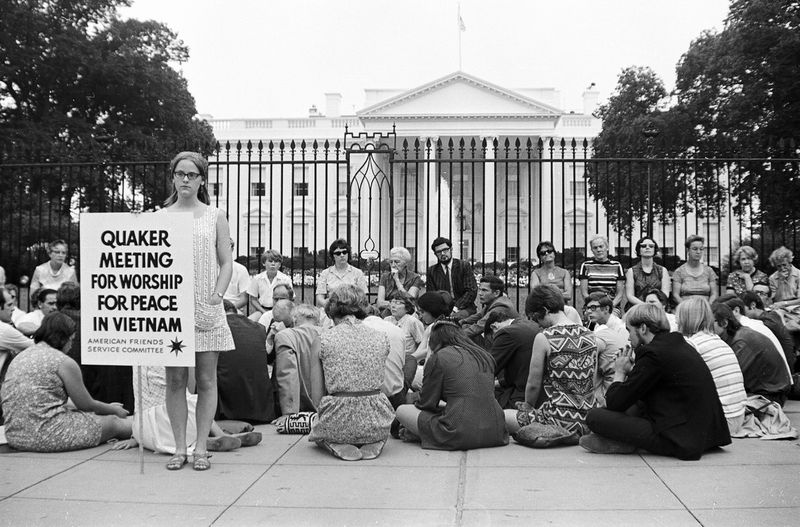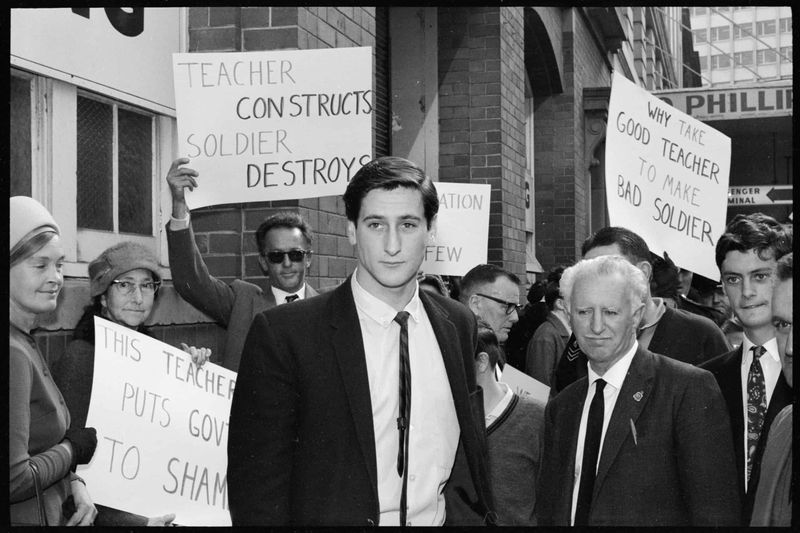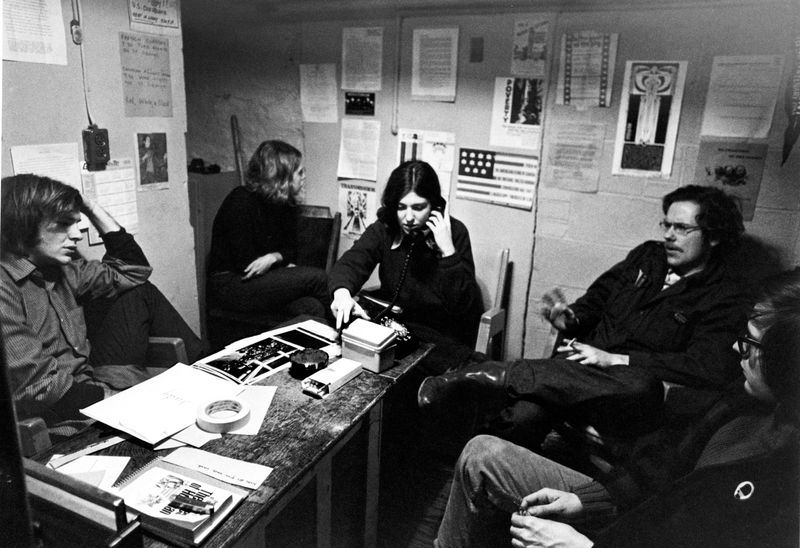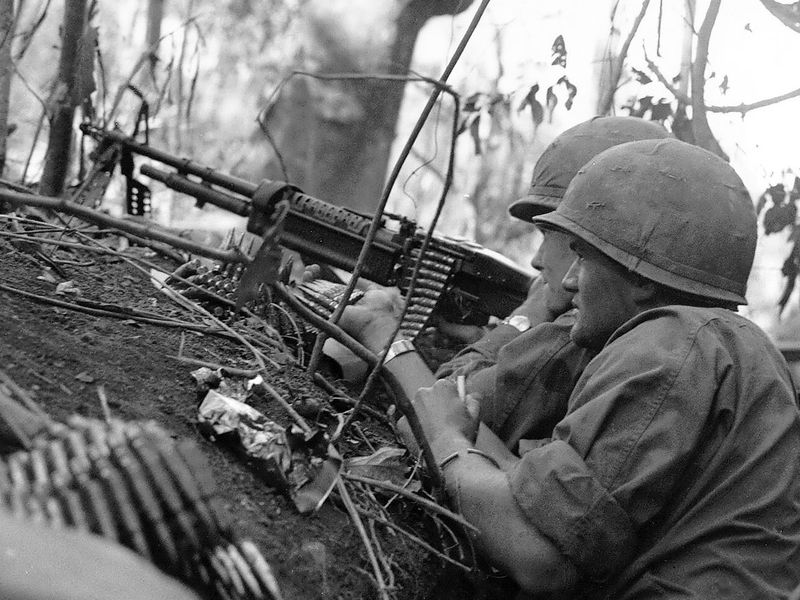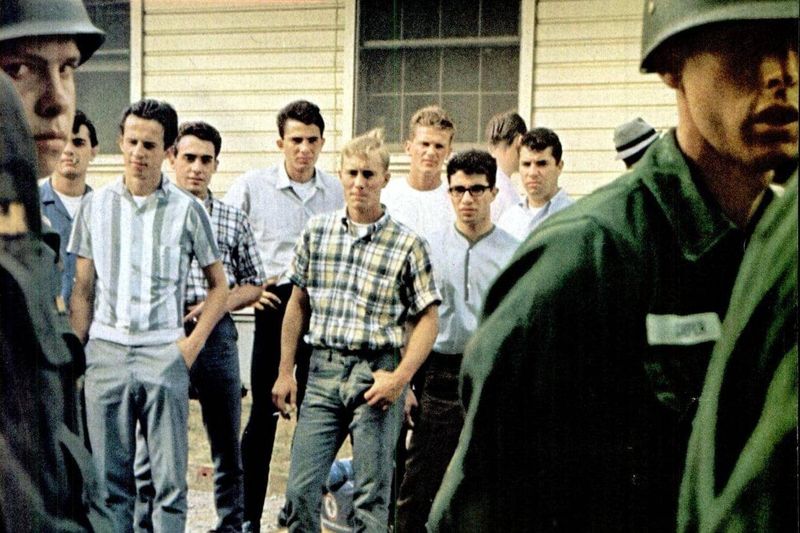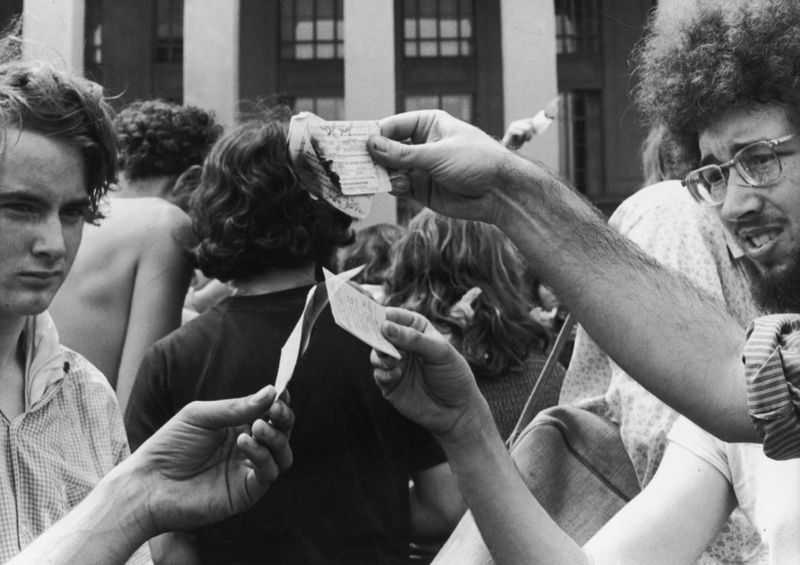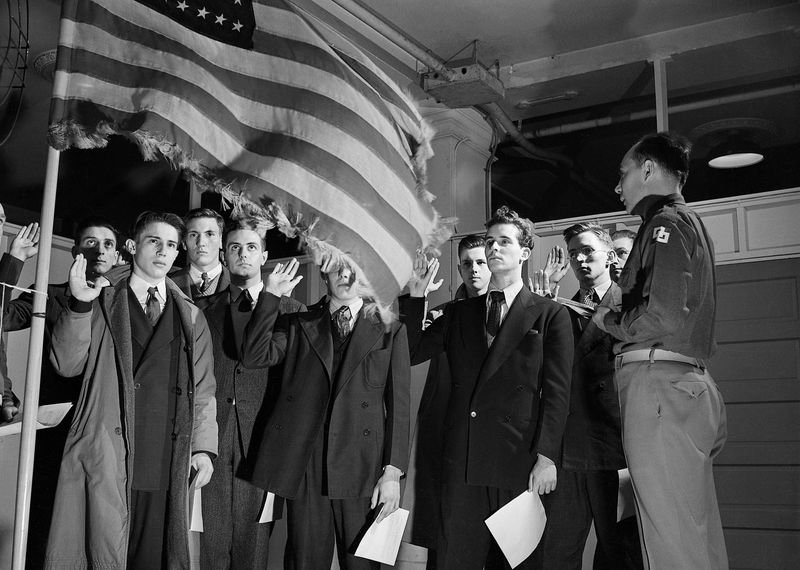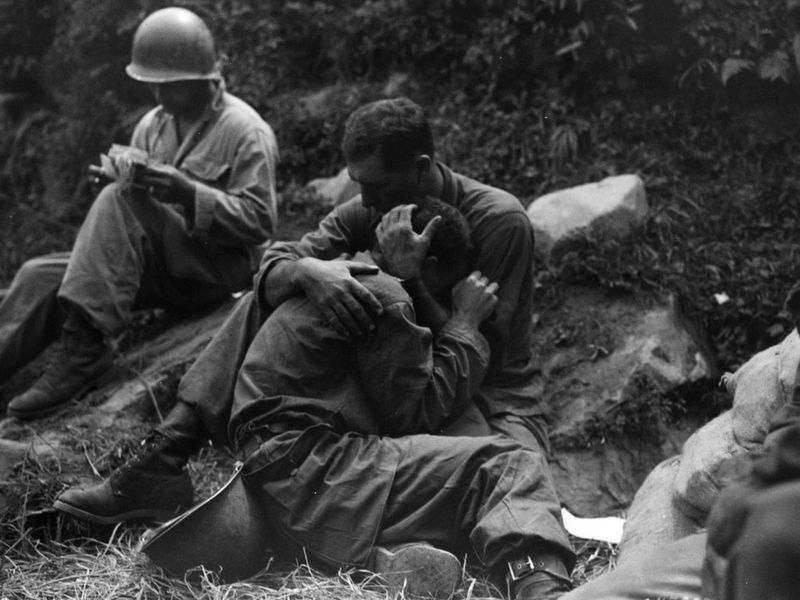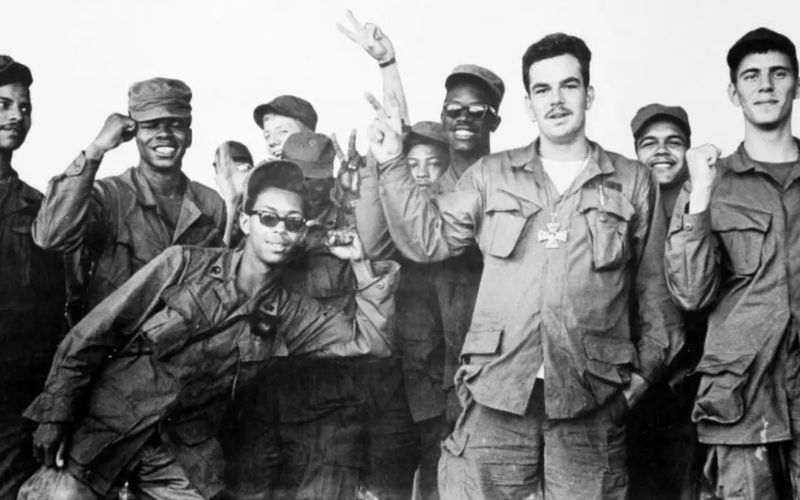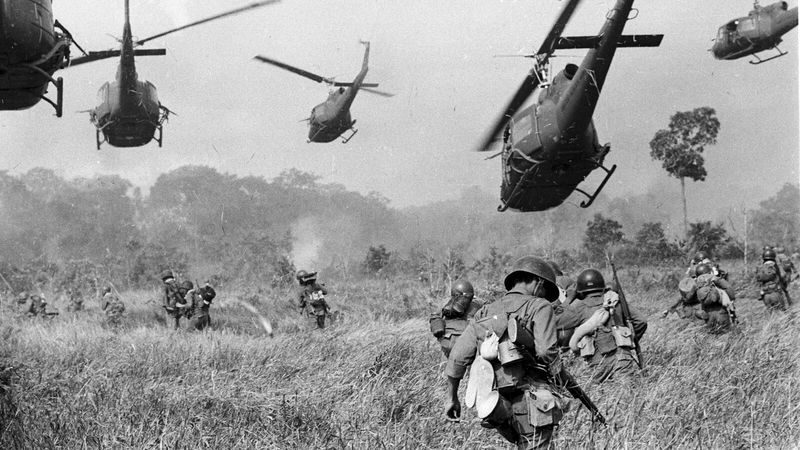The Vietnam War era was a time of great turmoil and anxiety for many young men in America. The draft was a looming shadow over their lives, dictating their futures and igniting fears that would last a lifetime. This article explores 20 truths about the Vietnam draft, detailing the fears, challenges, and societal impacts that every young man faced during this tumultuous period.
1. Every Male Had to Register at 18
Turning 18 meant the clock was ticking. Every young man was required to register for the draft within 30 days of their birthday. This legal obligation marked a rite of passage that many faced with trepidation. For some, it was a dreaded step into adulthood. During the Vietnam War, this simple act carried immense weight, foreshadowing possible military service in a distant land. The fear of being uprooted from familiar surroundings to fight in an uncertain conflict loomed large. Despite societal pressure to comply, the anxiety of conscription haunted many.
2. Draft Numbers Were Literally Pulled from a Jar
Imagine your fate being decided by a lottery. In 1969, the draft lottery introduced a new level of randomness to conscription. Officials drew birth dates from a glass jar, determining the order of call-ups. This method aimed to ensure fairness but added to the anxiety. Young men listened intently as numbers were announced, knowing their futures hinged on the outcome. For many, this event became a defining moment. The air was thick with tension as families gathered around radios, waiting to hear if their loved ones would be called to serve.
3. Your Birthday Could Seal Your Fate
Birthdays, once a cause for celebration, became a source of dread. In the 1969 draft lottery, certain dates meant a higher likelihood of being drafted. September 14 and December 30 were particularly infamous. The randomness of the draw added a cruel twist to the process. Young men born on these days faced the harsh reality of imminent conscription. This chilling coincidence turned personal milestones into potential portals to war. The fear of being chosen based on something as arbitrary as a birth date was a unique kind of anxiety, leaving many feeling powerless.
4. College Used to Be a Get-Out-of-War Card
For those privileged enough to attend college, education provided a temporary escape. Until 1971, college students could defer the draft simply by staying in school. This loophole created a divide between those who could afford higher education and those who couldn’t. The prospect of draft deferment influenced many young men’s decisions to pursue degrees. However, this privilege wasn’t available to everyone, highlighting economic and social inequalities. After 1971, the rules changed, removing this option and forcing many to confront the draft. The fear of losing control over one’s future was palpable.
5. Poor and Working-Class Men Were Hit the Hardest
Economic disparity played a significant role in the draft experience. Poor and working-class men bore the brunt of conscription, lacking the resources to dodge the draft. Without the means to pursue higher education or secure deferments, they faced greater vulnerability. The draft system, seemingly random, disproportionately affected those with fewer options. This inequity added another layer of fear. Many young men from disadvantaged backgrounds found themselves on the front lines. The harsh reality of social and economic divides was nowhere more evident than in the selective service system, leaving many feeling trapped.
6. Some Men Moved to Canada—Forever
For some, the only way to escape the draft was to leave the country. An estimated 30,000 to 100,000 draft dodgers fled to Canada, seeking refuge. This decision was not made lightly, as it often meant permanent separation from family and homeland. The fear of fighting in Vietnam outweighed the challenges of starting anew in a foreign land. These draft dodgers faced an uncertain future, but for many, it was a risk worth taking. The legacy of their choice is a poignant reminder of the lengths people went to avoid the draft’s reach.
7. Lottery Numbers Meant Everything
The draft lottery numbers were more than just digits; they were lifelines. If your number was below 120, the likelihood of being drafted was high. This numerical system added a layer of anxiety to an already tense situation. Young men lived in suspense, their futures hanging on a single draw. The fear of a low number was all-consuming, affecting life decisions and mental health. As each number was announced, hope and despair mingled in households across the nation. The randomness of the process made it a uniquely stressful experience for those awaiting their fate.
8. Deferments Favored the Privileged
Draft deferments were supposed to be based on criteria like education and occupation, but often favored the privileged. Those with connections could exploit loopholes, while others couldn’t. This disparity was glaring and added to the fear and frustration of many. The ability to avoid the draft was not evenly distributed, creating a sense of injustice. Men with means had options that others didn’t, such as pursuing further education or securing occupations deemed essential. The selective nature of deferments highlighted the unequal playing field, leaving many feeling powerless against the system.
9. Some Doctors Helped Men Fake Injuries
Desperation led some to seek medical exemptions, even through deceit. Sympathetic or bribed doctors sometimes wrote bogus reports to help men avoid the draft. This practice was risky but highlighted the lengths people went to escape conscription. The fear of being sent to war drove these actions, revealing deep societal divides. Such tactics were not without consequence, as they relied on the integrity of medical professionals. The moral ambiguity surrounding these decisions added complexity to the draft experience, illustrating the desperation of those trapped in a system they couldn’t escape.
10. CO Status Was Hard to Get
Claiming Conscientious Objector (CO) status was not a simple task. It required strong documentation, often beyond religious or moral objections. Many who applied faced scrutiny and skepticism, making it a daunting process. The fear of being denied CO status added another layer of anxiety. For those who genuinely opposed war on ethical grounds, this was a significant hurdle. Some were successful, but many were not. The difficulty in obtaining CO status reflected broader societal tensions and highlighted the challenges faced by those who resisted the draft on principle.
11. You Could Be Drafted Even If You Didn’t Believe in the War
Personal beliefs offered no shield against the draft. Many young men opposed the Vietnam War but found themselves conscripted regardless. This internal conflict added to the stress of being drafted, as they grappled with fighting in a war they didn’t support. The lack of legal protection for dissenters created a profound moral dilemma. The fear of being forced into a role that contradicted their values haunted many. This harsh reality underscored the powerlessness individuals felt when faced with the draft’s indiscriminate reach, leaving them questioning their role in a conflict they did not choose.
12. Draft Boards Had Enormous Power
Local draft boards wielded significant influence over young men’s lives. They decided who was fit for service, often with little oversight or diversity. The fear of these boards stemmed from their ability to change lives with a single decision. The lack of consistency and transparency in their operations added to the anxiety. Many young men faced these boards with trepidation, knowing their futures were at stake. The power dynamics at play highlighted the unequal distribution of authority, leaving individuals feeling vulnerable and at the mercy of a system they couldn’t control.
13. The Draft Targeted Men Aged 18 to 26
The draft primarily targeted men aged 18 to 26, with most being around 19 or 20. This age range represented a formative period in life, adding to the stress of conscription. Young men faced the prospect of military service during a time when they were just beginning to explore their identities and futures. The fear of being drafted disrupted these developmental years, forcing many to confront adult responsibilities prematurely. The impact of the draft on this age group was profound, shaping their experiences and influencing their trajectories in unexpected ways.
14. Being Married Didn’t Always Help
Marriage, once a potential exemption, became less reliable as the war progressed. Initially, being married could keep a man from being drafted, but later only having children offered protection. This shift added uncertainty for young couples trying to navigate the draft’s implications. The fear of separation was real, as many newlyweds faced the prospect of war disrupting their lives. The changing rules highlighted the evolving nature of draft policies and the difficulty in planning for the future. This uncertainty left many feeling vulnerable and anxious about the stability of their family lives.
15. Some Burned Their Draft Cards Publicly
Burning draft cards became a powerful symbol of anti-war defiance. For some, it was an act of protest against a system they viewed as unjust. This public display of resistance carried significant risks, as it was a felony. The fear of legal repercussions didn’t deter those committed to making a statement. The act of burning a draft card was both a personal and political gesture, reflecting deep-seated opposition to the draft. It highlighted the lengths individuals would go to express their dissent, despite the potential consequences, and became an iconic image of the era.
16. Elvis Presley Was Drafted—But Treated Differently
Even celebrities weren’t immune to the draft, but they experienced it differently. Elvis Presley was drafted, yet his service was carefully managed to preserve his public image. This highlighted the disparity in treatment between ordinary citizens and public figures. While Elvis served honorably, the media ensured his brand remained intact. The fear of losing status wasn’t a concern for most, but his experience underscored the unequal nature of the draft process. For many, it was a reminder of how influence and status could shape one’s draft experience, furthering feelings of unfairness.
17. The Draft Ended in 1973—But Registration Returned
The Vietnam draft officially ended in 1973, but the legacy of conscription lingered. Even after the draft stopped, the requirement to register for Selective Service remained. This ongoing obligation served as a reminder of the turbulent era and the possibility of future drafts. The fear never fully dissipated, as the specter of conscription continued to loom over young men. The end of the draft marked a significant shift in policy, yet its impact persisted. Registration became a rite of passage, echoing past anxieties about military service and government control.
18. PTSD Wasn’t a Concern—Until It Was Too Late
The psychological toll of the Vietnam War was not fully recognized until years later. Many drafted soldiers returned home with trauma that went untreated. PTSD became a silent epidemic, affecting countless veterans. The fear of psychological harm added another layer of dread to the draft. Those who returned struggled with reintegration, often facing stigma and misunderstanding. The lack of awareness and support for mental health issues highlighted the gaps in the system. This oversight left many veterans grappling with invisible wounds, emphasizing the long-lasting impact of their service.
19. Black and Latino Men Were Disproportionately Drafted
Racial inequities were stark in the draft process, with Black and Latino men being disproportionately conscripted. This disparity reflected broader societal injustices and added to the fear experienced by minority communities. The higher rates of conscription and casualties among these groups underscored systemic inequalities. The fear of being drafted was compounded by the awareness of racial biases within the system. This reality fueled resentment and distrust, highlighting the need for reform. The draft’s impact on minority communities was profound, shaping their experiences and adding to the complexity of an already challenging situation.
20. The Fear Never Really Left
The Vietnam draft may have ended, but its impact endured. For those who lived through it, the fear never completely faded. Even those who avoided conscription carried the burden of guilt or loss. The anxiety of potentially being drafted left lasting scars, shaping the lives and perspectives of many. The draft era became a defining chapter in their histories, influencing their worldviews and choices. As time passed, the memories of uncertainty and fear remained vivid. The draft’s legacy was more than just a policy; it was a lasting imprint on a generation, echoing through decades.

